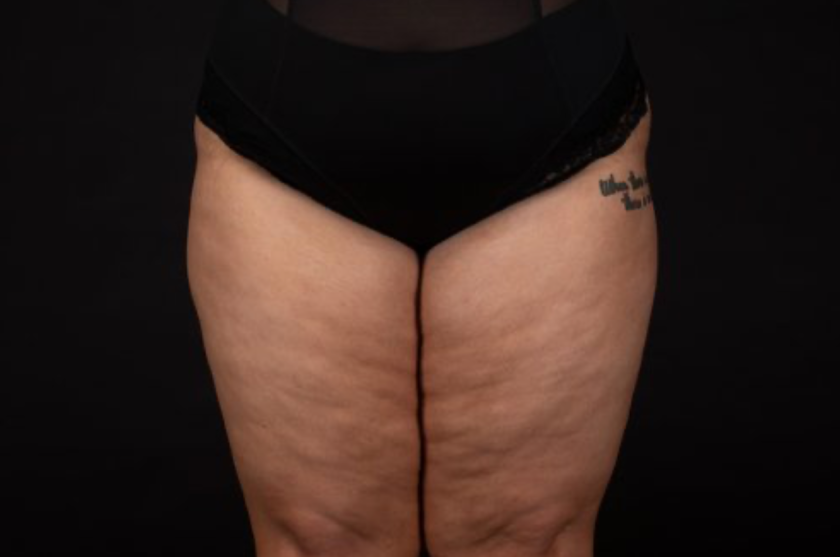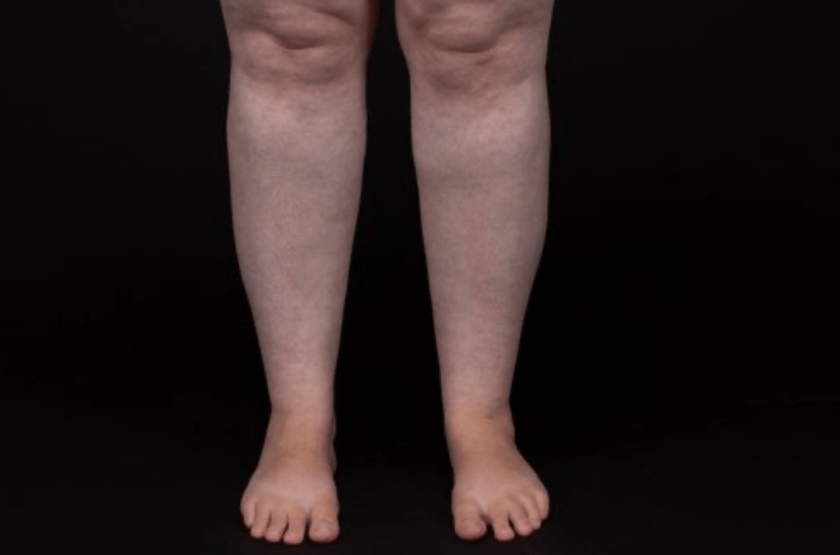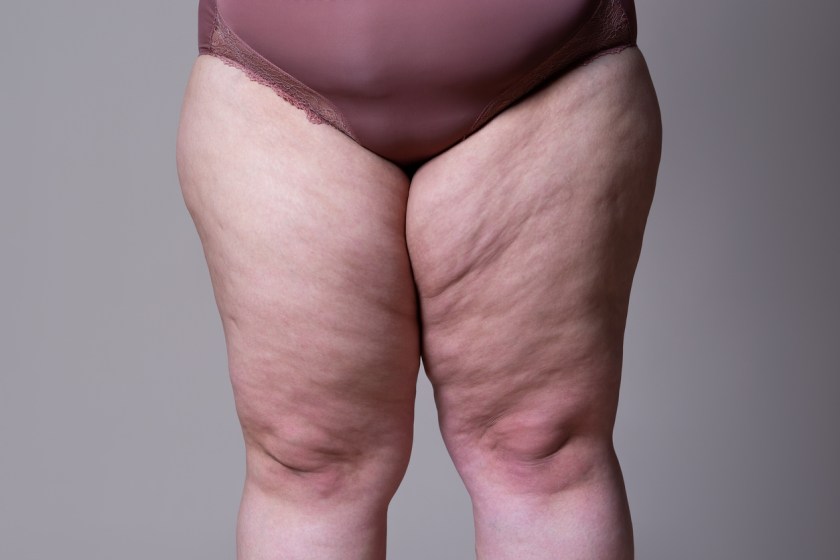Here’s What Practitioners Need To Know About Lipoedema

A deep dive into the chronic adipose tissue disorder affecting over 30% of the female population.
Lipoedema, initially documented in 1940, is a chronic and to-date an incurable disorder characterised by an abnormal accumulation of diseased fat tissue, mostly affecting women. This can lead to significant enlargement of tissue, swelling, and pain, although these symptoms aren’t consistent.
The progression of lipoedema over time is not entirely comprehended, displaying high variability and unpredictability. While the condition might advance incessantly in certain individuals, others might experience only a minor rise in subcutaneous fat that remains stable over numerous years.
So how exactly is lipoedema different to the usual weight gain, or lymphodema? Is there any way it can be reduced, and how can it be identified in patients?
We caught up with Lipoedema Australia, a non-for-profit health organisation who makes it their mission to proactively spread awareness on the chronic health condition, to learn more about who it affects, what it presents as, and how it can be managed or treated.
What is lipoedema? How does it differentiate between lymphoedema and excessive weight gain?
Lipoedema is loose connective tissue disorder most notably affecting the fat or adipose tissue. It causes dysregulated growth of diseased, often painful adipose tissue. this tissue mainly presents in the legs, buttocks, hips and arms, although it can be seen all over the body in progressive stages including abdomen and scalp.
Lipoedema is most commonly misdiagnosed as lymphoedema or obesity. Lymphoedema is the accumulation of lymphatic fluid and can be congenital or develop as a result of injury. Lymphoedema often presents in one limb, where lymphatic vessels are damaged on malfunctioning.
For the most part the pattern of weight gain in general obesity is different than that of lipoedema. Whilst caloric restriction and exercise are effective in reversing obesity, lipoedema tissue is not removed by lifestyle change.


Progression of lipoedema can mean the presence of lymphoedema and obesity as secondary conditions, and the impact of misdiagnosis and lack of awareness from health professionals (often as obesity or lymphoedema) can cause extreme distress and depression/anxiety in women with lipoedema. Lipoedema fat is not metabolically unhealthy so the condition needs treatment that is different from obesity.
In new data collected, lipoedema was associated with a low risk of diabetes (2%), high chloesterol (11.7%) and high blood pressure (13%) despite an obese average body mass index of 35.
What are some of the telltale signs & symptoms of lipoedema?
- Excess fatty tissue on legs and possibly arms, where some types causes a ‘cuff’ at ankles and wrists.
- Fat distribution is bilateral – appearing equally on both sides of the body.
- The fat can appear cellulite like and have nodules or granules under the skin.
- Easily bruised and tender tissue. Even slight touch can be painful for some
- Prone to spider veins and varicose veins
- Body disproportion – smaller waist with large legs hips and buttocks (which is often not present on obesity)
- Difficulty losing weight or disproportionate weight loss
- Onset around puberty, and exacerbated at times of significant hormonal change
- Often mention their soft tissue looking wobblier, dimplier or flabbier than their peers
- Usually mention a period of extreme diet and exercise/bootcamp legs remain disproportionately large (some women more aware of arms)
- Lower body several clothing sizes bigger than upper body
- Often report always having had thick ankles
- Bruise easily and can take ages for bruises to go away
- Heaviness, tenderness or pain, most often in legs but sometimes upper arms
- Fatty buldges at knees
- Mobility issues
Who is affected by lipoedema?
Estimated to affect at least 11% of women worldwide (some studies suggest a prevalence of up to 39% of women). Usually onset at puberty, pregnancy, menopause or times of hormonal change. Stress can also be a trigger for progression.
Can it be treated? What is the success rate of surgery?
Consevative treatment such as lymphatic massage, compression, dietary and endocrinology assessment and psychological support are very helpful for the treatment of sufferers.
Surgery is very successful at removing tissue and giving sufferers the abilty to regain mobility and reduce pain and limitations as a result of the disease. Post surgery, the ability to lead a more active lifestyle leads to success in managing the progression of the condition.

What options are available for Medicare or healthcare rebates for lipoedema treatment?
All treatments and surgery and funded solely by sufferers. There are currently no specific medicare or health rebates. Some sufferers are able to access lymphatic massage and compression garments if they have co-existing lymphoedema. Some surgery can be partially funded also, but not in all cases.The vast majority of people self fund all treatment compression and surgery.
Read the latest issue of SPA+CLINIC below:
There are 5 ways you can catch up with SPA+CLINIC
- Our quarterly print magazine, delivered to your door. Subscribe here.
- Our website, which is updated daily with its own completely unique content and breaking news.
- Our weekly newsletter – free to your inbox! Subscribe here.
- Our digital magazine – click here to view previous issues.
- Our social media – see daily updates on our Instagram, Facebook & Linkedin
The post Here’s What Practitioners Need To Know About Lipoedema appeared first on SPA+CLINIC.
